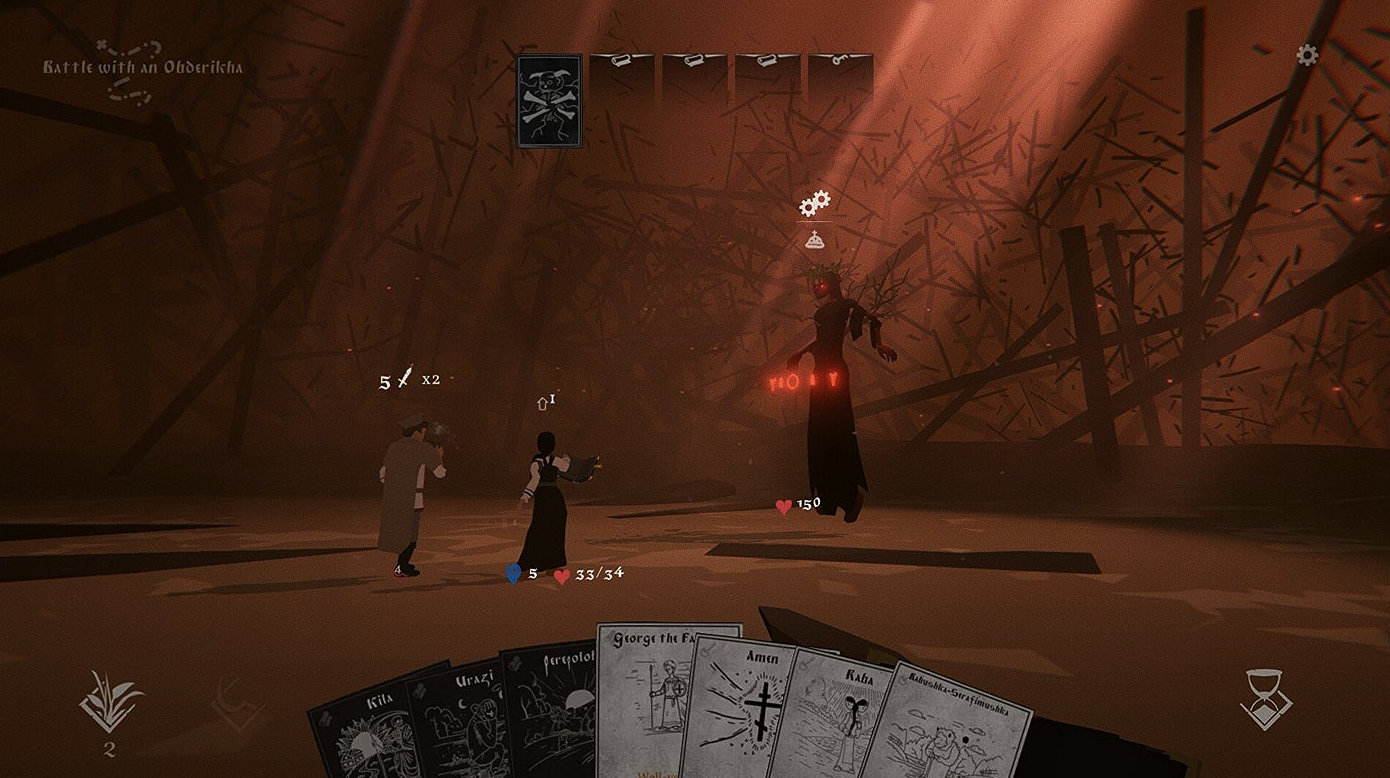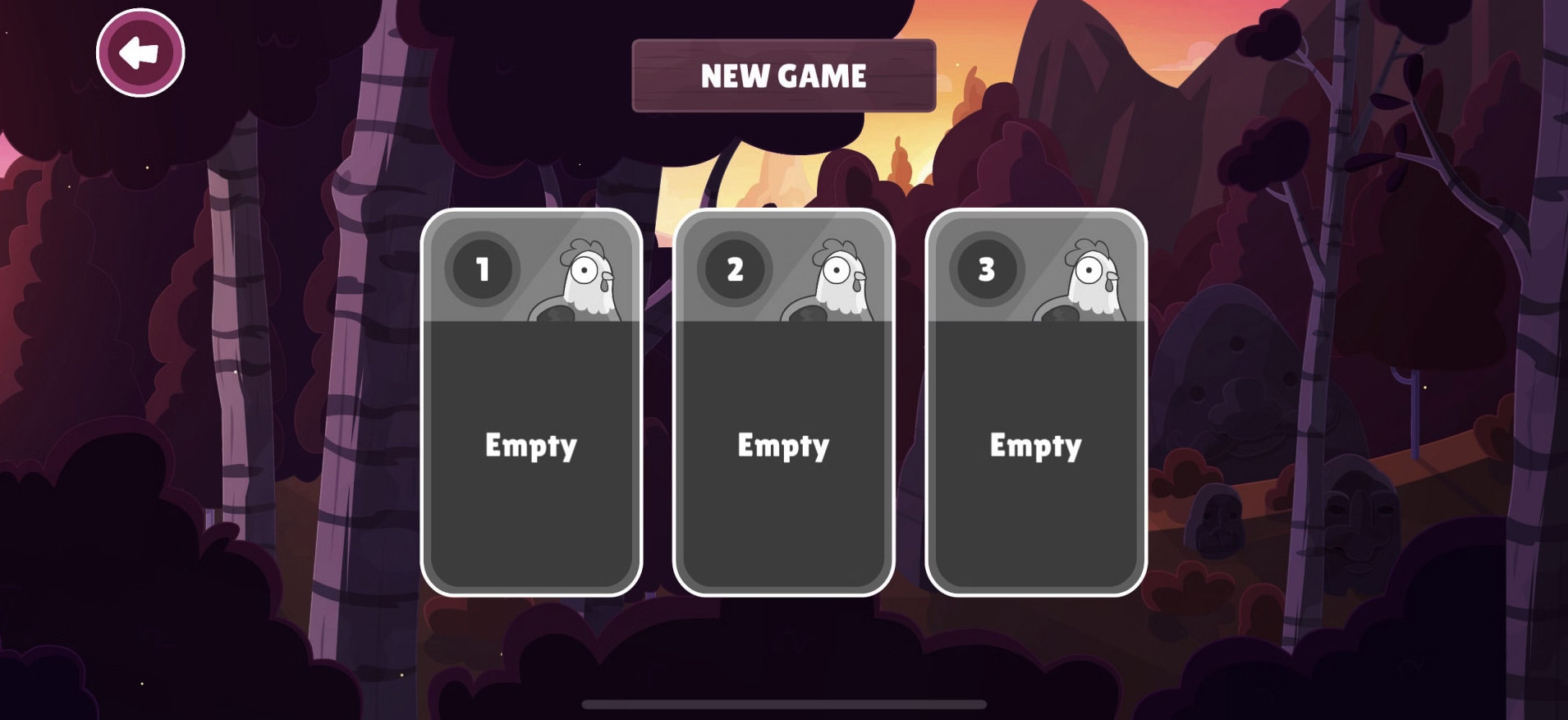Introduction: The Importance of First Impressions
In the realm of game design, the significance of first impressions cannot be overstated. A player’s initial encounter with a game often sets the tone for their entire experience, influencing their perceptions and shaping their engagement with the title. The first few moments of gameplay are critical, as they can establish a player’s emotional connection to the game, determining whether they will continue exploring the virtual world or abandon it for alternatives. In a landscape teeming with options, captivating first impressions are essential for standing out in a competitive market.
Game designers have a unique opportunity to craft compelling openings that serve multiple purposes—from introducing gameplay mechanics and storytelling elements to establishing the visual and auditory atmosphere. A well-designed introduction not only captures the player’s attention but also encourages them to delve deeper into the narrative and mechanics. This early connection can be pivotal, as research in behavioral psychology indicates that first encounters often leave lasting impressions, which can either attract or repel potential players.
The impact of first impressions extends beyond immediate player engagement; it resonates long-term, influencing reviews, recommendations, and overall success. When players feel a strong initial draw to a game, they are more likely to share their experiences, increasing word-of-mouth marketing that is invaluable for any game in today’s digital age. Conversely, a poor initial experience can lead to unfounded negative perceptions and deter players from investing their time and resources. Therefore, understanding the importance of first impressions in game design is not merely a matter of artistic expression; it is an essential strategy for achieving commercial success and fostering a loyal player base.
The Psychological Impact of First Impressions
The impact of first impressions is a well-studied phenomenon in psychology, and its relevance extends into various fields, including game design. When players first engage with a game, their initial perceptions can significantly shape their overall experience and satisfaction. This is primarily due to specific cognitive biases that come into play, affecting how players evaluate the game based on limited information.
One prominent bias involved in this process is the halo effect, which refers to the tendency for an initial positive impression in one area to influence perceptions in others. For instance, a visually stunning game may lead players to assume superior quality in gameplay mechanics, storytelling, or character development. Therefore, if the game’s graphics impress players right from the outset, they are likely to overlook minor flaws in other areas. This can create a cascade effect, where one favorable aspect enhances the perception of the entire experience.
Conversely, negative first impressions can be equally damaging. A game that suffers from poor loading times or unintuitive controls may create an immediate sense of frustration for players. Such experiences tend to color their entire interaction, leading them to categorize the game as subpar, regardless of the quality of the narrative or mechanics that the game might offer. Hence, the challenge for game designers is to ensure that every aspect of the player’s initial experience is polished and engaging.
Moreover, the online environment further amplifies the importance of first impressions in game design. With countless options available at players’ fingertips, a single negative interaction can result in players abandoning the game entirely, opting instead for alternative titles perceived as more inviting. This illustrates that first impressions are not merely important; they are critical in influencing player retention and satisfaction.
Analyzing Successful Game Intros and Tutorials
The introduction and tutorial phases of a game play a crucial role in shaping players’ initial experiences. Many successful games have utilized these elements to captivate players from the outset, ensuring memorable first impressions. Take the critically acclaimed game “The Legend of Zelda: Breath of the Wild,” for example. The opening sequences gracefully familiarize players with the game’s mechanics, seamlessly integrating exploration and combat tutorial aspects while immersing them in the captivating world. This strategic pacing helps affix players’ attention while setting a tone of discovery and adventure.
Another noteworthy example is “Portal,” which uses a minimalist approach to instruction. The gameplay mechanics are introduced gradually, allowing players to learn through experimentation rather than through prolonged tutorials. This introduction hooks players effectively, inviting them to engage with the game’s innovative portals while maintaining a sense of humor through clever dialogue. In this case, simplicity combined with light-heartedness serves to make the tutorial both engaging and memorable.
The game “Dark Souls” presents a different approach, offering a stark contrast to traditional tutorials. Rather than providing direct instruction, players are thrust into a challenging environment that requires them to learn through trial and error. This method not only creates an intense first impression but also fosters a sense of accomplishment as players gradually master the game’s intricacies. The atmospheric design elements, combined with cryptic storytelling, enhance this initial experience, leading players to invest deeply in their journey.
In these examples, the effectiveness of game introductions and tutorials can be attributed to their ability to captivate players through engaging narratives, unique gameplay mechanics, and tailored difficulty levels. By analyzing successful implementations, game designers can glean valuable insights into how to create impactful initial experiences that resonate with players and encourage continued engagement.
Common Pitfalls in Game Design First Impressions
In the realm of game design, crafting a compelling first impression is critical. Unfortunately, many developers fall prey to common pitfalls that undermine this initial experience. One prevalent mistake is the use of overly complex gameplay mechanics. While depth and challenge can be appealing, an overwhelming introduction that is devoid of clarity can deter new players. If the gameplay is not intuitively designed, potential enthusiasts may quickly abandon the game, leading to high churn rates.
Another significant issue lies in poor visual presentations. A game’s visual identity serves as the first point of connection for the player. It is essential that the artwork, animations, and overall aesthetics are polished and engaging. Low-quality visuals or inconsistent art styles can convey an impression of carelessness, signaling to players that the game may lack quality. This may result in players questioning the value of the experience before they truly engage with the content.
Lack of guidance is also a critical concern in game design. New players often require orientation to familiarize themselves with the controls and objectives. If a game is void of proper tutorials or instructions, players may feel lost and frustrated. This can lead to disengagement as they struggle to comprehend the foundational mechanics. Each of these factors – complex gameplay, poor visuals, and inadequate guidance – can significantly deteriorate the player’s initial experience, ultimately impacting the game’s success.
By understanding and addressing these common pitfalls, game developers can enhance the first impression of their creations. A mindful approach to gameplay mechanics, visual representation, and player onboarding can cultivate a more inviting environment for new players. This initial engagement not only fosters retention but also builds a lasting relationship with the gaming community.
The Role of Aesthetics in First Impressions
In the realm of game design, aesthetics play an instrumental role in shaping the initial experiences of players. The visual design—encompassing art, color schemes, and animation—creates an immediate impact that can either captivate or alienate a potential player. Engaging artwork not only reflects the game’s thematic elements but also sets the overall tone, crafting an emotional connection from the outset. For instance, a vibrant color palette may evoke feelings of joy and excitement, while a darker, more muted aesthetic can instill a sense of foreboding and intrigue.
Furthermore, sound design is equally pivotal in reinforcing a game’s first impression. The auditory elements, including music and sound effects, contribute to the immersive experience that players seek. A dynamic soundtrack can enhance emotional engagement, creating a deeper resonance with the gameplay. Likewise, effective sound effects deliver cues that guide players, making their initial interactions more intuitive and satisfying. These sensory components work in tandem, forming a comprehensive audio-visual experience that is critical in the early moments of gameplay.
The user interface (UI) also merits discussion within the context of aesthetics. An intuitive and visually appealing UI enhances user experience by allowing players to navigate the game seamlessly. Cluttered, confusing interfaces may lead to frustration, detracting from the player’s enjoyment and negatively impacting their first impression. Conversely, a well-designed interface that is both functional and aesthetically pleasing can reduce barriers to entry, encouraging players to engage with the game’s mechanics and story right from the beginning.
In conclusion, the integration of visual design, sound, and interface elements significantly influences the first impressions players form about a game. By prioritizing aesthetic detail, game designers can create a compelling initial experience that resonates with players, ultimately enhancing engagement and retention.
Case Study: A Comparative Analysis of First Impressions
First impressions play a pivotal role in the success or failure of video games, as they significantly influence player engagement and long-term retention. By examining the launch experiences of two notable titles—Fallout 76 and The Legend of Zelda: Breath of the Wild—we can gain valuable insights into how differing first impressions can lead to vastly different outcomes in the gaming industry.
Fallout 76 was highly anticipated due to its franchise legacy, which raised player expectations. However, upon release, the game faced a barrage of criticism due to numerous technical issues, including bugs, server problems, and missing features. The game’s first impression was marred by a lack of polish, with players expressing frustration over unmet expectations for a seamless multiplayer experience. The early gameplay experience alienated a substantial segment of the player base, leading to negative perceptions that tarnished the game’s reputation.
In contrast, The Legend of Zelda: Breath of the Wild was released to universal acclaim, with its first impression characterized by stunning visuals, innovative gameplay mechanics, and an expansive open-world environment. The game successfully engaged players from the outset, captivating them with its exploration elements and freedom of choice. The iconic art style, coupled with a compelling narrative, created an immediate sense of investment for gamers, fostering enthusiasm and alignment with the game’s vision.
The comparative analysis of these two titles highlights how critical first impressions are in shaping player opinions and long-term engagement. While Fallout 76 struggled to recover from its rocky initial launch, Breath of the Wild benefited from a strong foundation that attracted new players and retained its audience through continuous engagement. Ultimately, the contrasting experiences of these games underscore the importance of prioritizing first impressions through meticulous design and execution in game development.
Feedback Loops: How Player Reactions Shape Game Design
Player feedback plays a crucial role in refining first impressions within game design. Developers increasingly recognize the significance of player input during testing phases, as it serves as a window into how initial experiences resonate with the audience. By capturing player reactions, game designers can glean valuable insights into the effectiveness of their creative choices, thereby enhancing gameplay and engagement from the outset.
During early testing stages, feedback loops become essential mechanisms for gathering player perspectives. Game designers often implement focused playtesting sessions, where they encourage participants to express their thoughts on mechanics, narrative, visuals, and overall gameplay. This process fosters an environment in which players can provide honest opinions, allowing developers to identify aspects that either captivate or deter players. Such insights are invaluable, as they inform critical adjustments that enhance the first impressions players will have upon starting the game.
Furthermore, utilizing player feedback effectively requires a systematic approach. Developers must not only collect input but also analyze it to determine patterns and common sentiments among players. This data-driven decision-making assists in prioritizing changes that can lead to stronger initial experiences. For example, if multiple players find a tutorial unnecessarily complex, developers can streamline the onboarding process, ensuring that new players are not overwhelmed and can seamlessly transition into the game. Similarly, if players express confusion regarding game objectives, designers can refine their communication, making it clearer and more intuitive.
Incorporating feedback into the iterative design process emphasizes a commitment to player-centric development. By actively listening and responding to player reactions, game designers can refine first impressions, ultimately leading to more engaging and successful gaming experiences. This adaptive strategy not only ensures that the game aligns more closely with player expectations but also fosters a sense of community and investment among the audience, solidifying their connection to the game.
Future Trends in Game Design and First Impressions
As the landscape of game design evolves, several emerging trends are reshaping the way players form their initial perceptions of games. This is particularly evident with the rise of virtual reality (VR) and augmented reality (AR) technologies. These immersive platforms allow players to dive into richly detailed environments that elicit a more immediate emotional response compared to traditional gaming formats. VR and AR not only enhance the visual appeal but also actively engage players by placing them inside the game world, thereby deepening their first impressions significantly. When users can manipulate their environment and experience actions as if they were real, the connection forged is much stronger, ensuring that the first moments spent in-game are memorable and impactful.
Another noteworthy trend is the pivot towards narrative-driven experiences that prioritize storytelling. Game designers are increasingly focusing on the emotional connections players make with characters, settings, and plots right from the outset. Engaging narratives, paired with relatable characters, enable players to invest in their gaming journey from the very first interaction. Such experiences often captivate players long before they engage with gameplay mechanics, emphasizing that compelling narratives can establish powerful first impressions that resonate throughout the entirety of the game.
Procedural content generation is also gaining traction, allowing for dynamic and unique experiences tailored to individual players. This technology can create vast, varied environments or quests that adapt based on player choices and actions. When players are introduced to a game with personalized elements, the initial impact becomes more enticing, as they feel that the game uniquely caters to their preferences and interests. As these advancements continue to develop, it is evident that the techniques used to craft first impressions in game design will become increasingly sophisticated, fostering stronger connections with players right from the start.
Conclusion: The Enduring Relevance of First Impressions
First impressions play a pivotal role in game design, shaping players’ experiences and perceptions right from the outset. As this discussion has illustrated, the initial moments of a game can significantly influence a player’s engagement and enjoyment. Whether through compelling visuals, intricate storytelling, or innovative mechanics, the way a game introduces itself is critical in capturing the attention of its audience.
The importance of a strong opening cannot be overstated. A well-crafted introduction can entice players to explore further, instilling confidence in the game’s quality and depth. Game designers must recognize that the initial encounter establishes the emotional tone and serves as a foundation for the player’s journey. This holds true across various genres, whether it be an immersive role-playing game, a fast-paced action title, or a strategic simulation. Each requires a thoughtfully designed beginning that resonates with its target audience.
Additionally, players are increasingly discerning; they expect immersive experiences that not only entertain but also connect with them on a personal level. The rapid pace of the gaming industry means that developers are competing for attention in a saturated market. Thus, the first impressions they create can be the deciding factor in a game’s success or failure. As highlighted earlier, memorable openings not only foster initial interest but also encourage word-of-mouth promotion and favorable reviews, which are essential for reaching wider audiences.
In conclusion, both developers and players should appreciate the significance of first impressions in game design. By prioritizing exceptional introductions, the gaming community can ensure that the experiences crafted are not only enjoyable but also lasting. Striving for excellence in these initial stages will ultimately benefit all involved, cultivating a vibrant and engaging gaming landscape.


